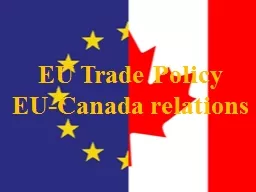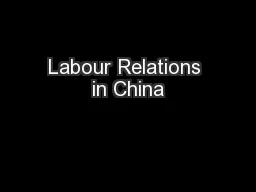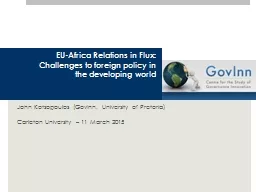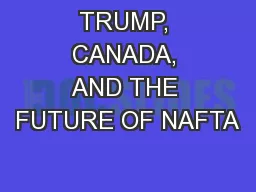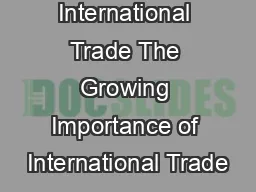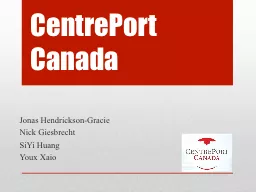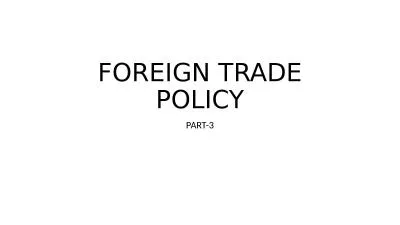PPT-EU Trade Policy EU-Canada relations
Author : mercynaybor | Published Date : 2020-10-22
httpwwwyoutubecomwatchvIiOC5XG2I5Y The EU a major trading power European Commission 2013 The EU a major trading power of global exports goods 2012 Others 55
Presentation Embed Code
Download Presentation
Download Presentation The PPT/PDF document "EU Trade Policy EU-Canada relations" is the property of its rightful owner. Permission is granted to download and print the materials on this website for personal, non-commercial use only, and to display it on your personal computer provided you do not modify the materials and that you retain all copyright notices contained in the materials. By downloading content from our website, you accept the terms of this agreement.
EU Trade Policy EU-Canada relations: Transcript
Download Rules Of Document
"EU Trade Policy EU-Canada relations"The content belongs to its owner. You may download and print it for personal use, without modification, and keep all copyright notices. By downloading, you agree to these terms.
Related Documents

